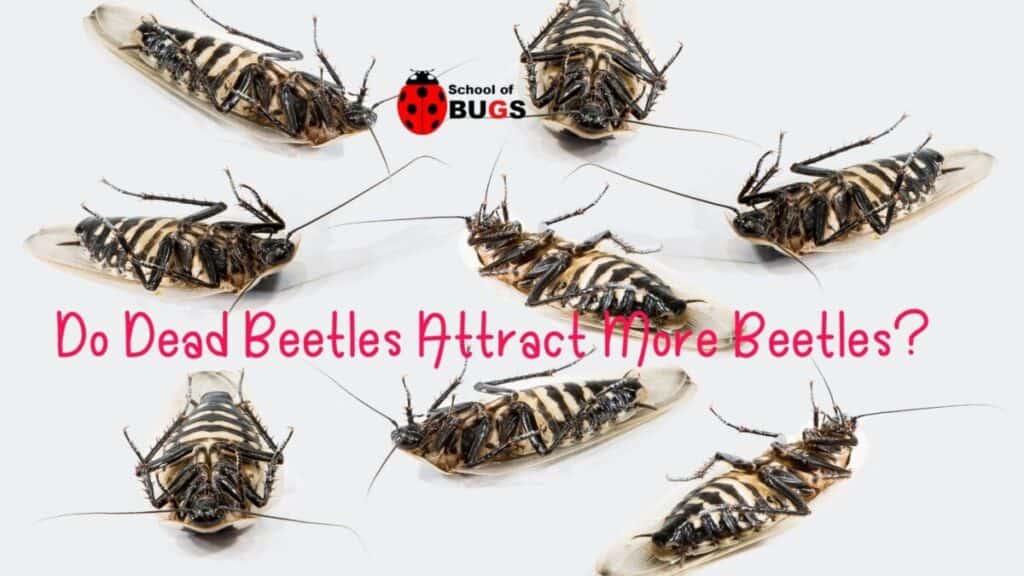
There are a lot of interesting facts when it comes to beetles. For instance, ¼ of all the animals on earth are beetles, these organisms have been around for nearly 300 million years, and for crying out loud, they practically wear body armor.
What they don’t do, for the most part, is eat their own dead. Most beetles aren’t attracted to dead beetles, however, there are a few, notable exceptions.
Those exceptions aren’t necessarily attracted to dead beetles, but they are attracted to the dead.
There are certainly beetles that enjoy hanging about the dead, whether it is a dead animal or another dead beetle.
Forensic etymologists even use beetles to determine the cause of death by their life cycle when they are found next to and/or consuming the carrion.
While beetles are certainly not attracted to dead beetles, some beetles are attracted to anything dead and that is one of the things that we will cover in this article, including:
- What beetles are attracted to the dead
- What most beetles prefer to eat
- What actually attracts beetles the most
- Do dead beetles drive other beetles away
- Do live beetles attract other beetles
What Beetles are Attracted to the Dead?
While there aren’t any beetles that are attracted to dead beetles, there are plenty of beetles that love the company of the dead, as a source of shelter, food, and a place to hatch their young.

Carrion Beetles
The first and most obvious beetle on this list would be the Carrion Beetle. However, Carrion Beetles only feed on one type of dead animal. So long as it has a vertebra (spine), it’s a free game for Carrion Beetles.
It rarely matters when the animal died, only that the Carrion Beetle found it and its time to make itself a new home, at least for a little while.
Carrion Beetles, like many other beetles, are fantastic at the job of digging and they will annihilate a corpse.
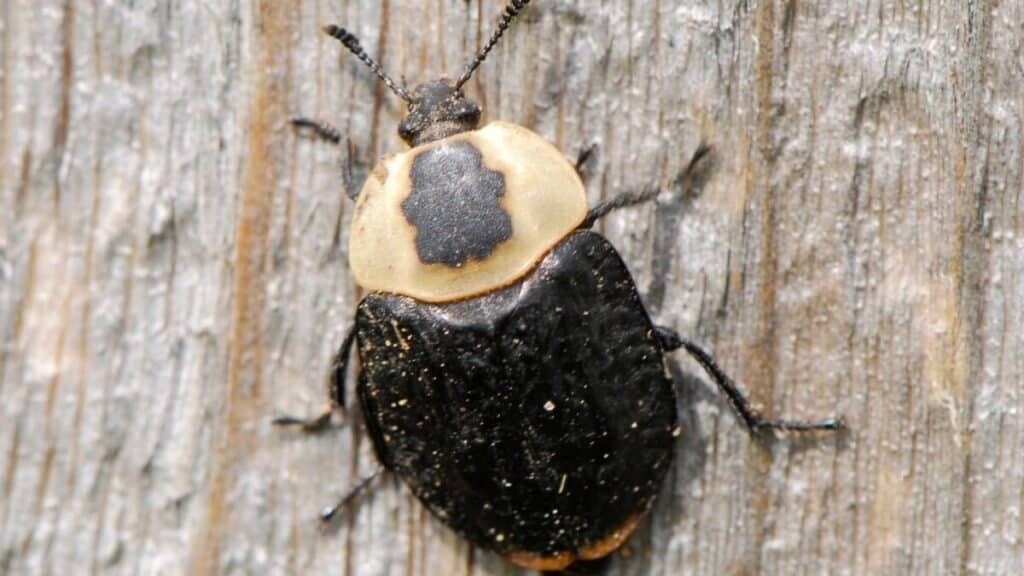
They will dig tunnels all throughout the carcass, feeding and laying eggs as they go. For this reason, they are a fantastic tool for a forensic etymologist, who understands the timeframe that encompasses a Carrion Beetle’s life cycle.
The progress that the beetle makes gives the forensic etymologist a time of death for the corpse.
Rove Beetles
Another apt name for a beetle, the Rove Beetle, because they typically rove around until they locate maggots because that happens to be their favorite food.
Maggots tend to be wherever corpses are, whether it’s an insect corpse or an animal corpse.
A Rove Beetle will happily set up shop in a corpse, so long as there are plenty of maggots around for them to feed on. A corpse that is absent of maggots will also be absent of Rove Beetles.
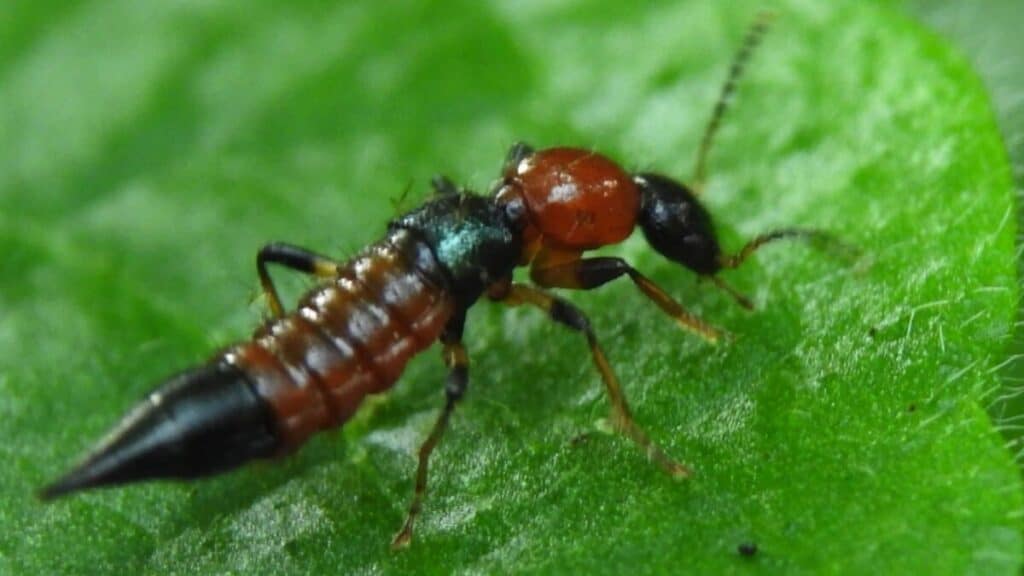
Rove Beetles look like the kind of insect that would be attracted to the dead, with an elongated body that is black and white in a camouflage pattern.
They look less like what you would expect of a beetle and more like some other type of dangerous insect, however, they’re harmless.
Bone Beetles
The Bone Beetle is a bright, shiny, dark green or black beetle with a round head that looks like it is barely attached to a longer, pill-shaped abdomen.
Their entire surface has tiny little round indentations in neat little rows.
The Bone Beetle falls under the family of Cleridae. While all Cleridae are the same, the Bone Beetle separates itself from the rest, as if it were a small, rogue clan, and prefers to feed on the flesh of dead animals and insects.
No one is entirely sure why this little subset of beetles exists. But there they are feasting on the dead like a regular Carrion Beetle.
The term was coined only for those specific beetles as they are no different from the other Cleridae with that one, lone exception.
Dermestid Beetles
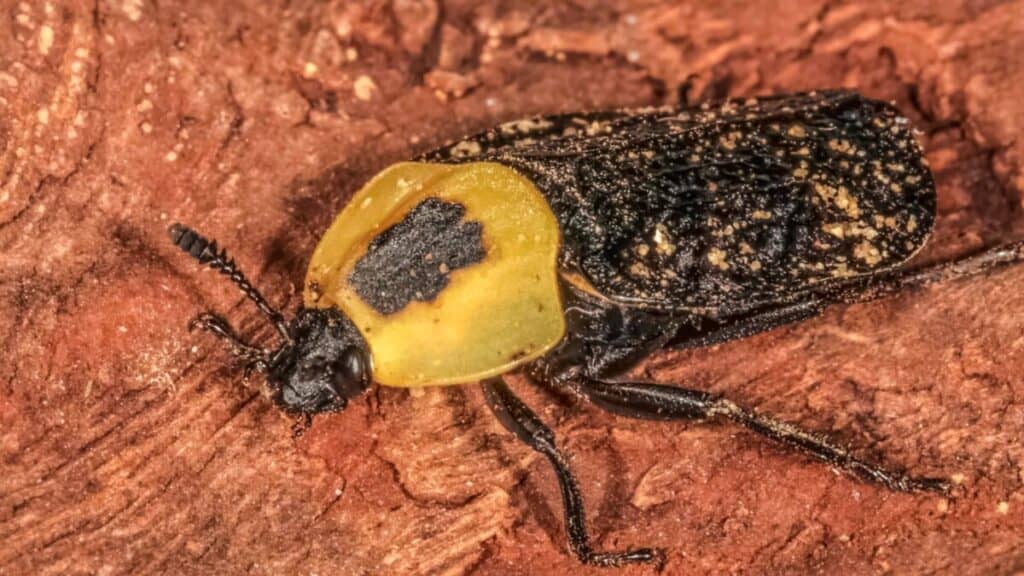
Dermestid Beetles are a forensic investigator’s favorite insect.
Once a corpse has been completely salvaged and is completely decomposed, outside of its remaining, dry skin, the Dermestid Beetles move in.
Dermestid has a fascinating ability that makes them incredibly unique amongst their kind. They consume and digest keratin, which is found in the skin tissues of dead animals.
To secure themselves from harm, they only show up once the bigger baddies have long abandoned the party.
Hide Beetles
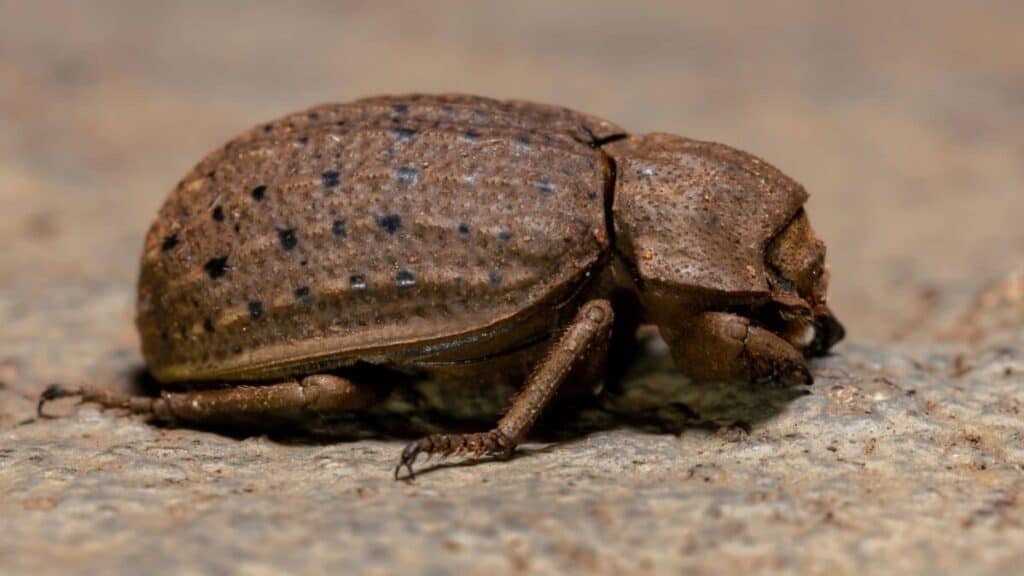
Hide beetles look like someone smashed a small, black tar-pocked boulder against a large, black tar-pocked boulder, and then the whole thing suddenly grew legs.
While it’s not the cutest of creatures it does fall on our list of carrion eaters.
Like Carrion Beetles, they move in quickly when a corpse is down, and Hide Beetles don’t really differentiate between vertebrates and invertebrates.
Outside of that distinction, they act just like Carrion Beetles.
They also happen to be one of the rarer species of beetle and not many of them exist in the United States. In the U.S., there are roughly 50 species of Hide Beetle that are known.
Scarab Beetles
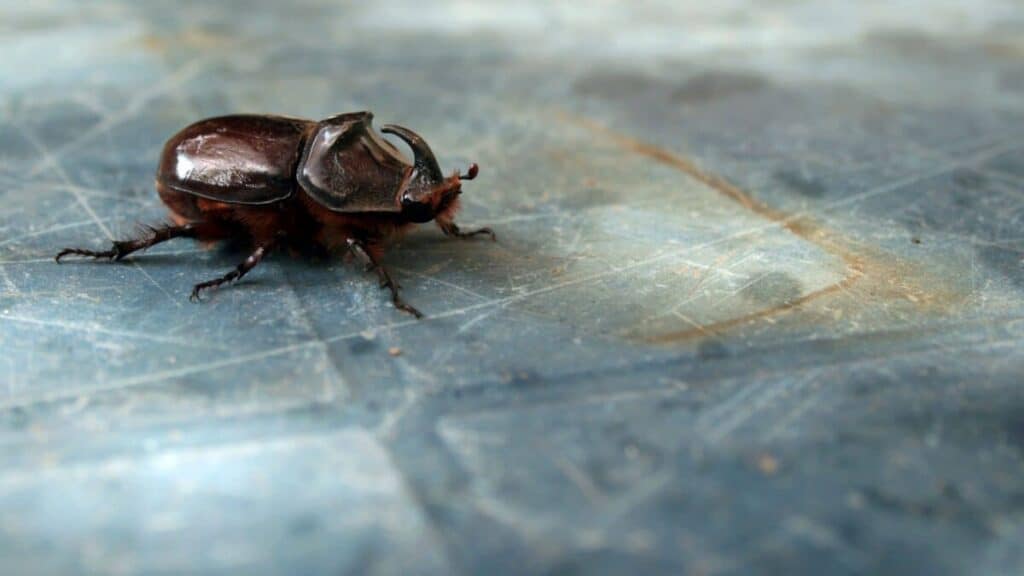
The ancient beetle of the Egyptian days, long ago associated with the dead, still remains associated with the dead, although in a far less fantastic way.
While a corpse isn’t the first thing that a Scarab Beetle will choose, they certainly won’t turn it down if they’re hungry.
Dung Beetles fall under the same umbrella as Scarab Beetles and that just goes to show you that the Scarab Beetle will eat just about anything.
What Most Beetles Prefer to Eat
Beetles are mostly herbivores and those like the Carrion Beetle are few and far between.
Inside the home, beetles will ravage your dried goods, leather, papers, maps, books, cereals, bread, dried dog food, pasta, rice, and just about any other dried good in your pantry.
Outside, they will devastate your garden, eating most of the leafy greens of your vegetables and flowers, depriving the plants of their ability to utilize photosynthesis, which is how the plant converts sunlight into the energy it needs to grow.
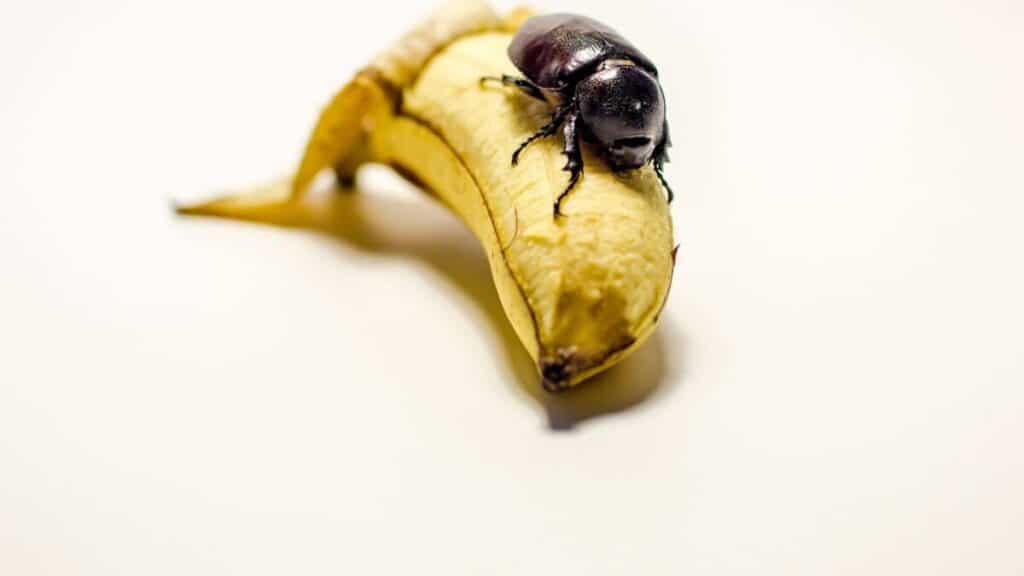
Without their leaves, your vegetables will die, which places beetles high on the hit list of any serious gardener.
Exposed fruits and vegetables are free game as well if the beetles can get their little legs on them.
If there is wood fencing or exposed wooden framework, such as decking nearby, there are several groups of beetles that will happily burrow into the wood and lay their eggs so that more of them are born, grow up, and burrow into your wood.
What Actually Attracts Beetles the Most?
When it comes to the life cycle of a beetle, life is really short, since most beetles only live somewhere between 20 and 70 days before they die.
Because of that, females are often capable of laying hundreds of eggs.
So they’re attracted to the things that can keep themselves and their succeeding generations alive and thriving.
That includes a source of food, a source of water, shelter, and a place to lay eggs in safety. Oftentimes, that choice of environment turns out to be your house.
The only other thing that trumps those attractants, is beetle pheromones. Dead beetles don’t put off pheromones, despite popular opinions, but live beetles certainly do and the males will come running or flying to a female that is putting them out.
It’s how they capture Japanese Beetles so effectively, by producing traps that emit pheromones. Of course, these traps also have a very pleasant aroma of flowers mixed in, but it is thought that the pheromones are the driving factor behind the fierce attractant.
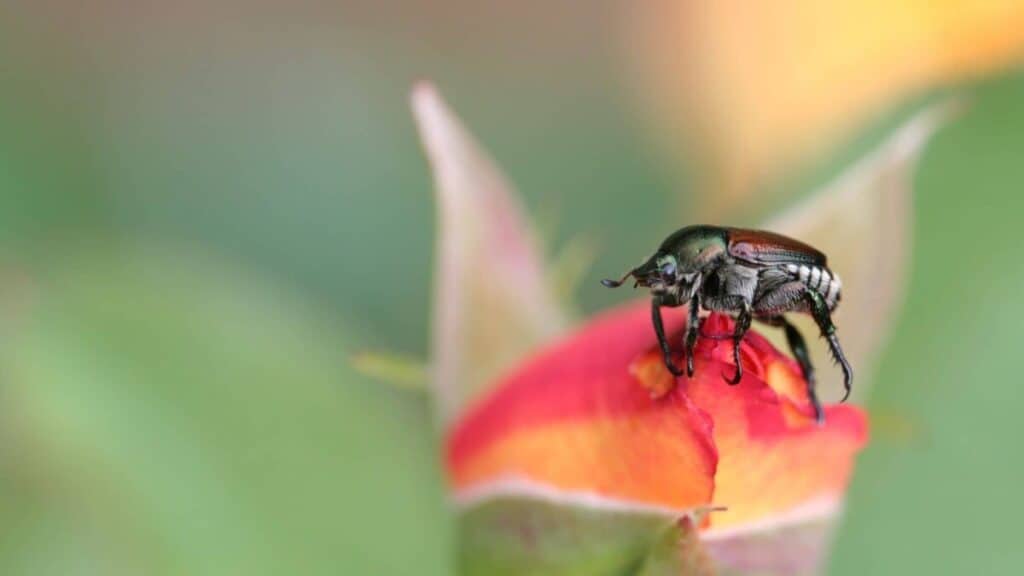
Do Dead Beetles Drive Away Other Beetles?
Not particularly. Beetles lack the brainpans to hold enough bio-circuitry to elicit a fear response, or recognition of danger when one beetle passes next to a dead beetle.
They may investigate, but not to discover what happened and only to discover if there is anything around worth eating.
Dead beetles don’t give off some sort of “I’m dead, please run away” pheromone or signal that frightens all of the other beetles away. When a beetle dies, it simply dies and all of the rest of them move on.
Do Live Beetles Attract Other Beetles?
Semi-sort of. Beetles certainly attract each other when it is time to mate and the female certainly produces aromas that are highly attractive to male beetles.
For the most part, however, beetles are attracted to the things that keep them alive.
If other beetles fall into that equation, so much the better. They are also attracted to pleasant flower aromas, such as the type of aromas that are combined with pheromones in Japanese Beetle traps.

Final Thoughts
While beetles aren’t attracted to nor frightened away from dead beetles, there are a few that could possibly be attracted to the desiccated corpse of another beetle.
However, it wouldn’t be because it’s another beetle but because it is a source of food, drink, or a safe haven and nothing more.
Alright, that’s it for this article, here are a few hand-selected articles that you might also find interesting reads:
Why Am I Finding Beetles In My House?Ironclad Beetles – Everything You NEED to Know
Cockroaches vs Beetles – The Ultimate Showdown
Recent Posts
Tiny Black Bugs in Bathroom NO WINGS: What They Are and What to Do!
Finding tiny black bugs in your bathroom can be uncomfortable, to say the least. Especially if they are persistent, or they appear in very large numbers, which they often like to do. When it...
Tiny Black Bugs in Plant Soil - What Are They & What To Do About It
A short horror story: You get a new houseplant. You do your best to take care of it. You’ve ensured that it has the right soil, the right amount of sun, it gets enough water. And then one day, you...

